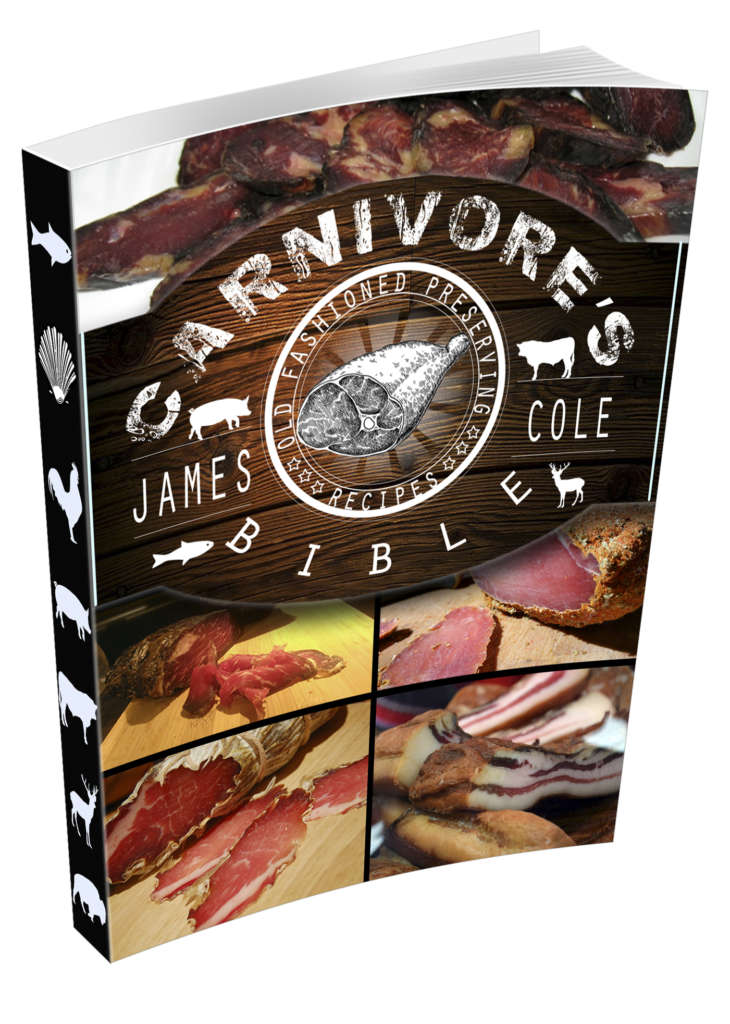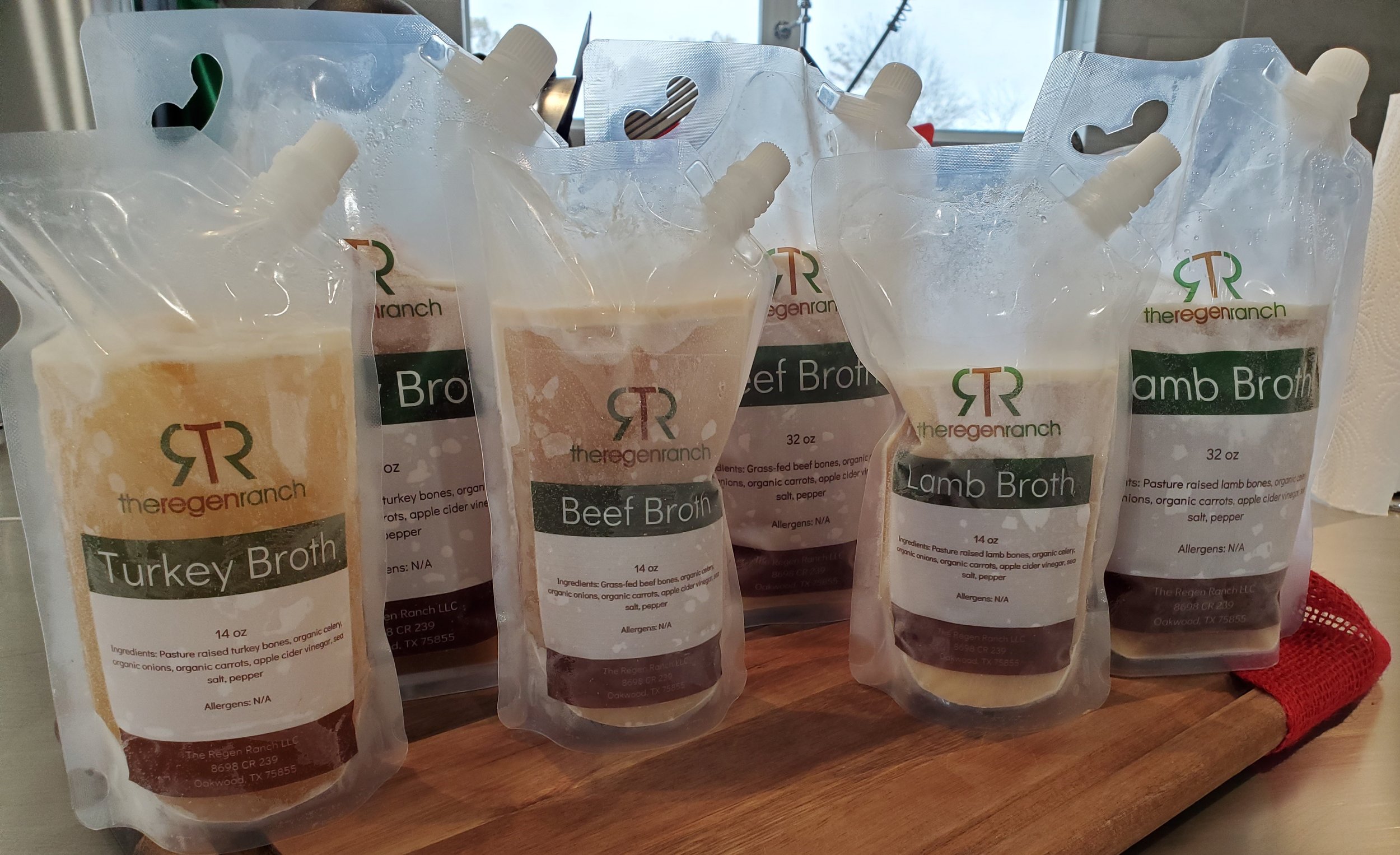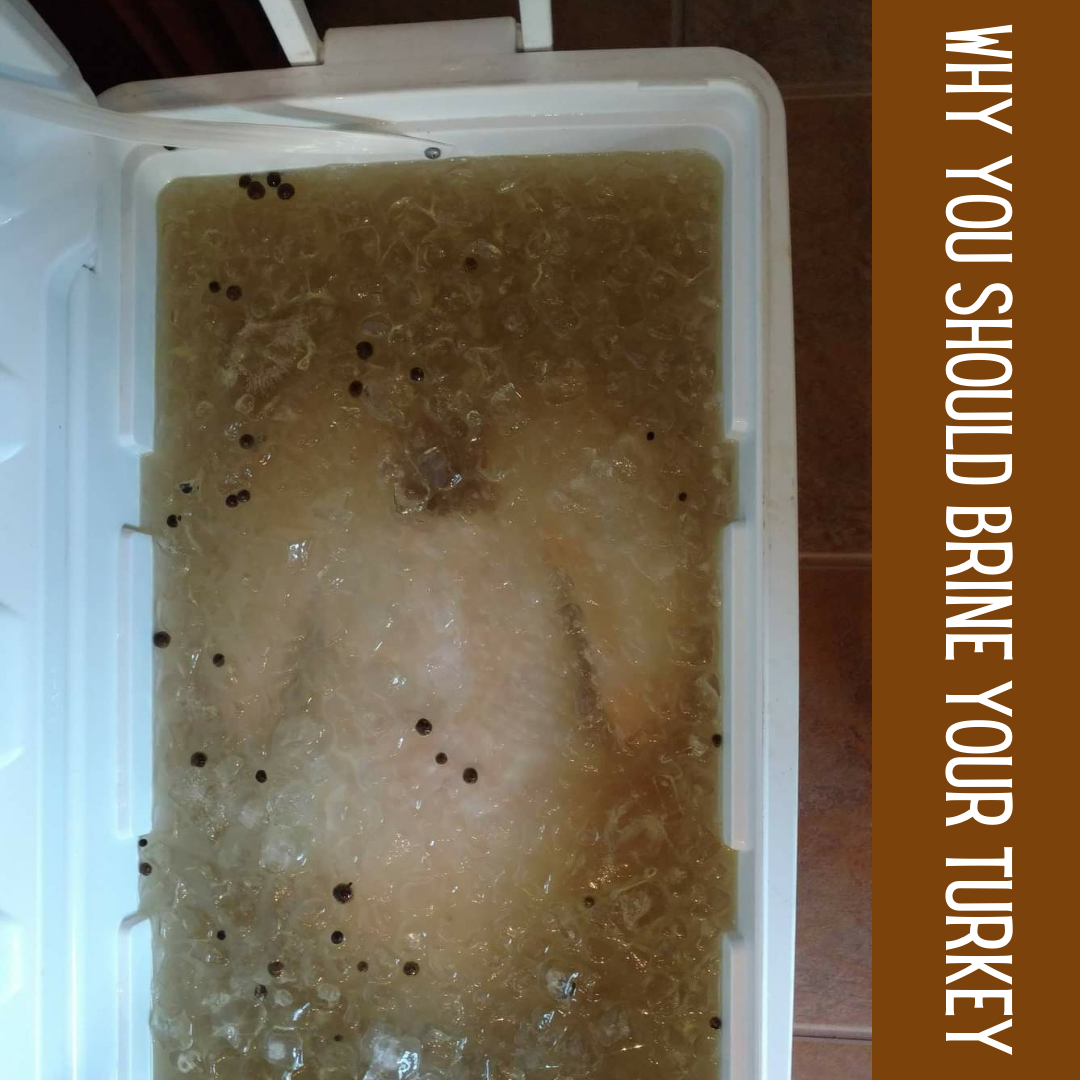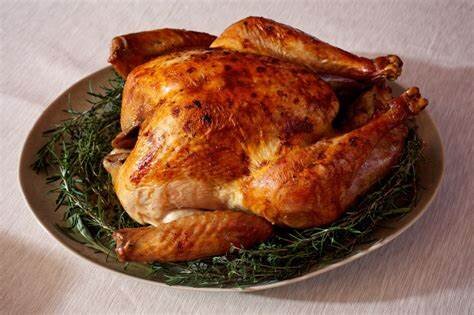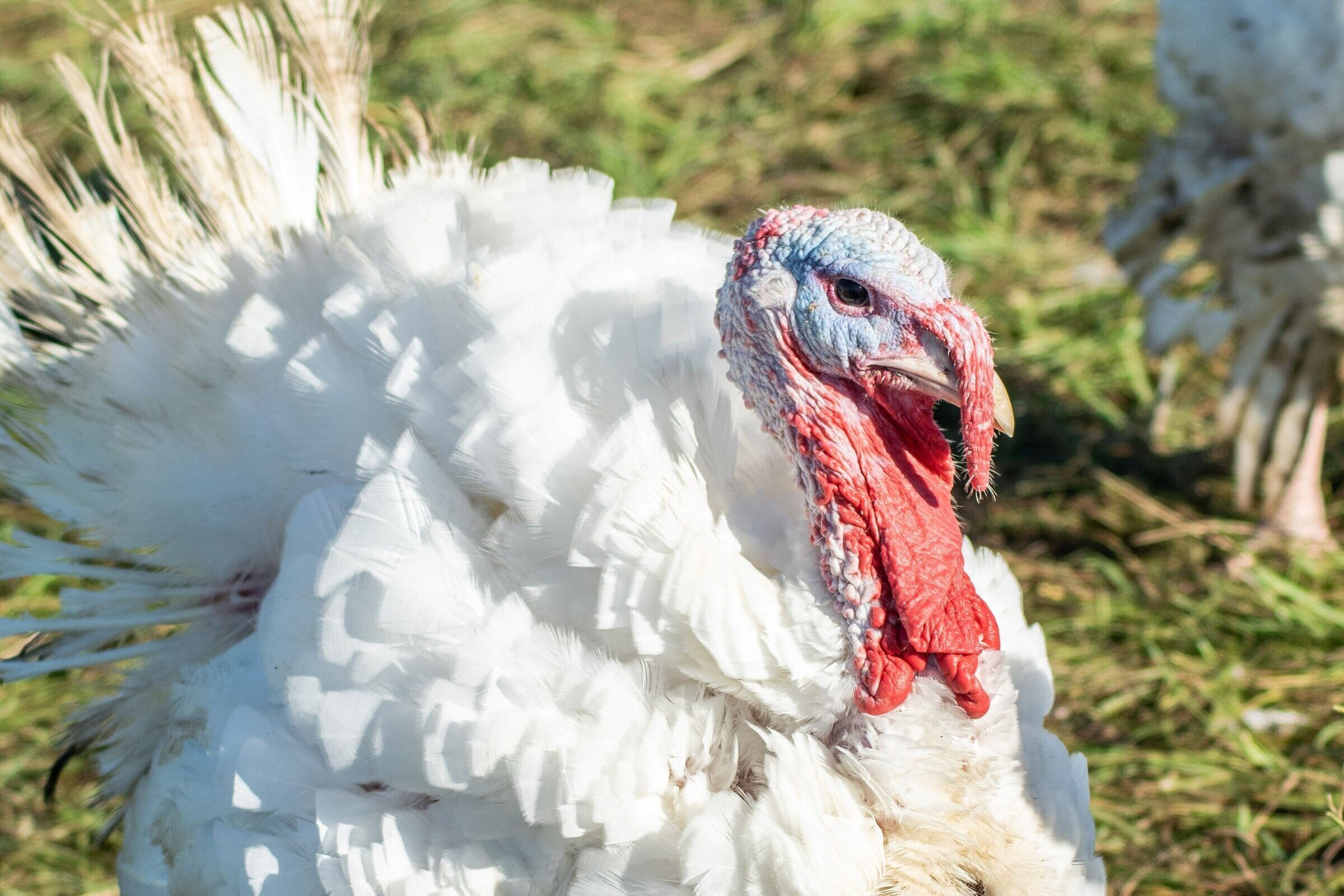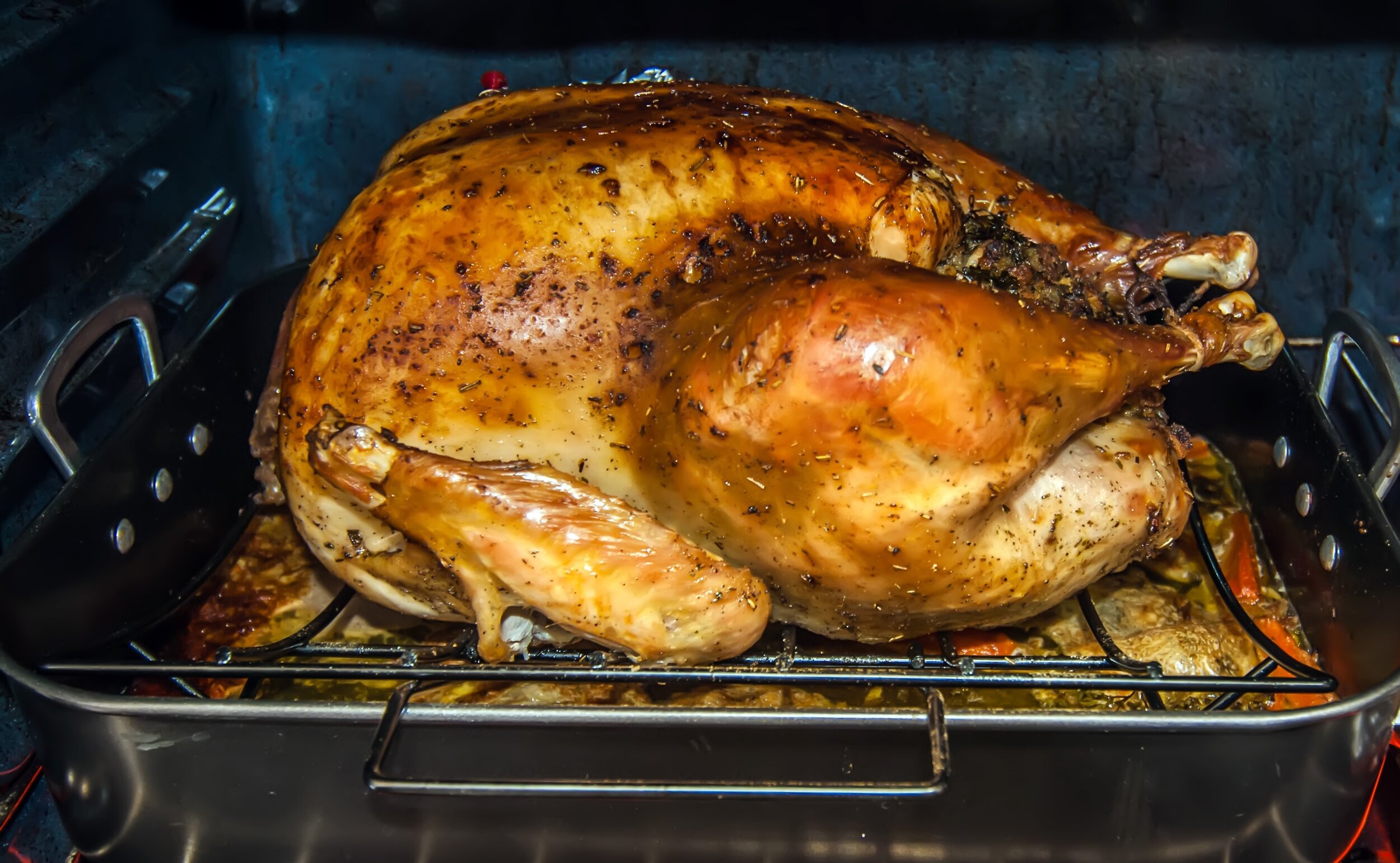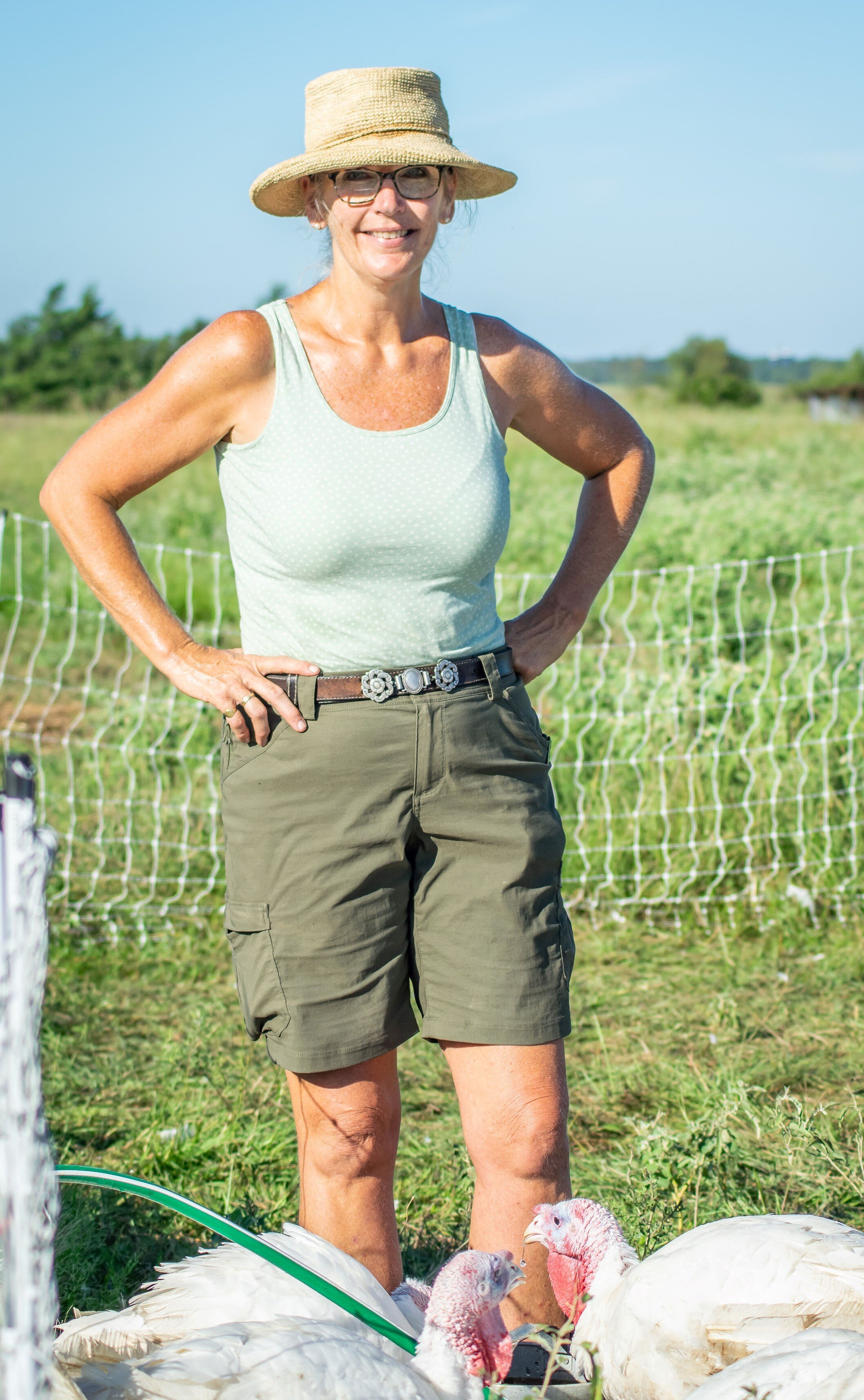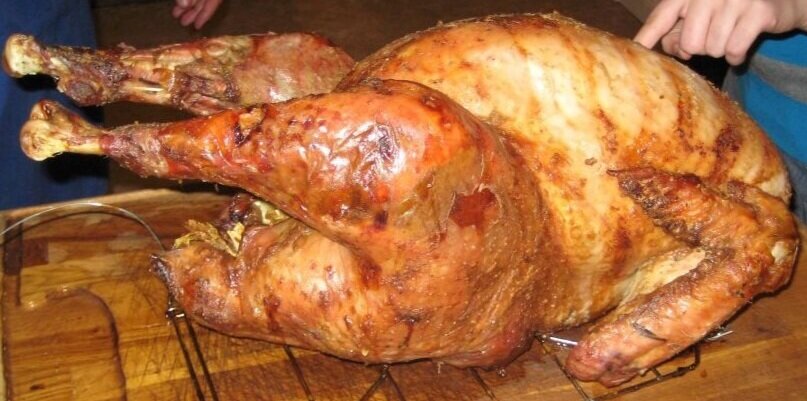Back in 1993, I realized that I had agrarian desires.
But I was a single parent of a toddler and just finished my undergrad degree which took me 10 years to complete (who said figuring out life was easy!).
Mentors and advisors encouraged me to pursue a corporate career (ie financial stability), cautioning me that you couldn’t make money in agriculture.
So I decided to get a master’s degree in Agricultural Economics, thereby blending my agrarian desires and the recommendation for financial stability.
My first job out of grad school was as a soybean purchaser for a soybean processing plant in Indiana, where I purchased soybeans from Neil Armstrong (the astronaut) and other farmers throughout Ohio, Illinois and Indiana.
Then I took a job in Argentina as a oilseed analyst for a sunflower processor.
Then I took a job as a oilseed trader for a trading company based out of Geneva, Switzerland. They eventually sent me back to Argentina to trade Argentine oilseeds.
But the economic and political situation in Argentina in 2000 was a little tenuous, so I looked for work in the United States.
I found an exciting job in Texas working in the oil and gas industry, and moved in March 2001.
My daughter’s only request when we moved was, “Mom, can we stay put for more than 2 years?”.
I figured I could kill two birds with one stone by purchasing some land to live on. Purchasing property would make it more difficult to be transient/mobile and honor my daughter’s request, and I would be able to pursue my agrarian desires.
So I built a house and commuted 45 minutes into Houston for my corporate job, and evenings and weekends were spent playing homesteader.
We built a chicken coop. We raised laying chickens. We raised meat chickens. We planted a garden. We tore down the chicken coop and built chicken tractors (moveable chicken coops). We purchased a dairy cow and learned to hand milk, and built a barn (daughter and I built it with the help of my Dad). We purchased a Haflinger (a pony sized draft horse) and learned how to harness and drive her. We made and applied compost tea.
At work, they would tease me about slaughtering my own chickens!
I can’t tell you how many times I sat down with my Excel spreadsheet trying to figure out how to quit my corporate job and homestead/farm/ranch fulltime.
But I couldn’t make the numbers work!
I also doubted whether I could make it work.
In hindsight, I didn’t have the confidence to make it work.
Then I started having health issues, and found that the food I was eating was making me sick.
So instead of driving hours to source what I needed to eat, I used my agrarian interest to raise my own food.
It became a necessity for my health.
Then I remarried and we moved to his family land.
Thinking my new husband was on board with my agrarian desires, I brought on sheep. Then turkeys. And then finally the Dexters.
I commuted 1 hour and 45 minutes to work and he stayed on the farm/ranch taking care of things.
We discussed doing this fulltime, but we couldn’t make the numbers work.
Then I took a course that completely change my worldview/mindset.
Holistic Management International offered a Beginning Farmer/Rancher course that helped me define what my goal was, taught me about soil and ecosystems, about livestock management, land management, financial management and business development and marketing.
I went back to the farm/ranch ready to put all of this into action.
I had been given enough knowledge to give me the confidence that I could do this!
I started selling at farmers markets and building a good customer base.
But, it turned out that this wasn’t my husband’s dream. He was supporting me in my desires but he wasn’t fulfilling his desires.
So we decided that we needed to pursue our own dreams.
I found a new ranch and moved all the animals, just as Covid-19 pandemic hit the US.
I was able to work from the ranch, while getting things organized on the ranch.
My meat sales during the pandemic grew exponentially, to the extent that I couldn’t keep meat in stock, and started planning for production growth.
As the nation started recovering from the pandemic and opening back up, I started commuting into the city for work part-time.
In conversations with many others who worked from home during Covid-19, many acknowledged an awareness of an improvement of their quality of life: more family time, less stress, healthier meals and other benefits.
I felt the same.
So with my increased confidence that I could make the numbers work, with increased meat and egg sales, and a desire for a better quality of life, I took a step towards making my dream come true.
As of April 30, 2021, I am now a full-time rancher!
It’s taken me 28 years to achieve my dream, but I know that every step I took throughout those 28 years has given me the knowledge and skills that I’ll need to realize my agrarian dream, and be successful!
I’ve also learned to that we all need a supportive community to achieve a dream, of which I’ve been blessed to have.
Not only do I have my super encouraging customers, but I have a fabulous supportive community within Holistic Management International’s Certified Educators and M5 Entrepreneurs!
With their support, I can achieve anything!!
So is this what they call a mid-life crisis?
Is gaining the confidence to be who you really are, or really want to be a mid-life crisis? If so, then I’m going through a mid-life crisis!
Is bucking the ‘norm’ or the ‘expectations’ mid-life crisis? If so, then I’m going through a mid-life crisis!
Is finally acknowledging and pursuing your passion mid-life crisis? If so, then I’m going through a mid-life crisis!
Is finding the courage to be who you really want to be or to pursue your passion mid-life crisis? If so, then I’m going through mid-life crisis!
A mid-life crisis shouldn’t and doesn’t have to be a negative event in one’s life. It’s the fulfillment of a dream!
I only hope you can realize your dream sooner than later!

